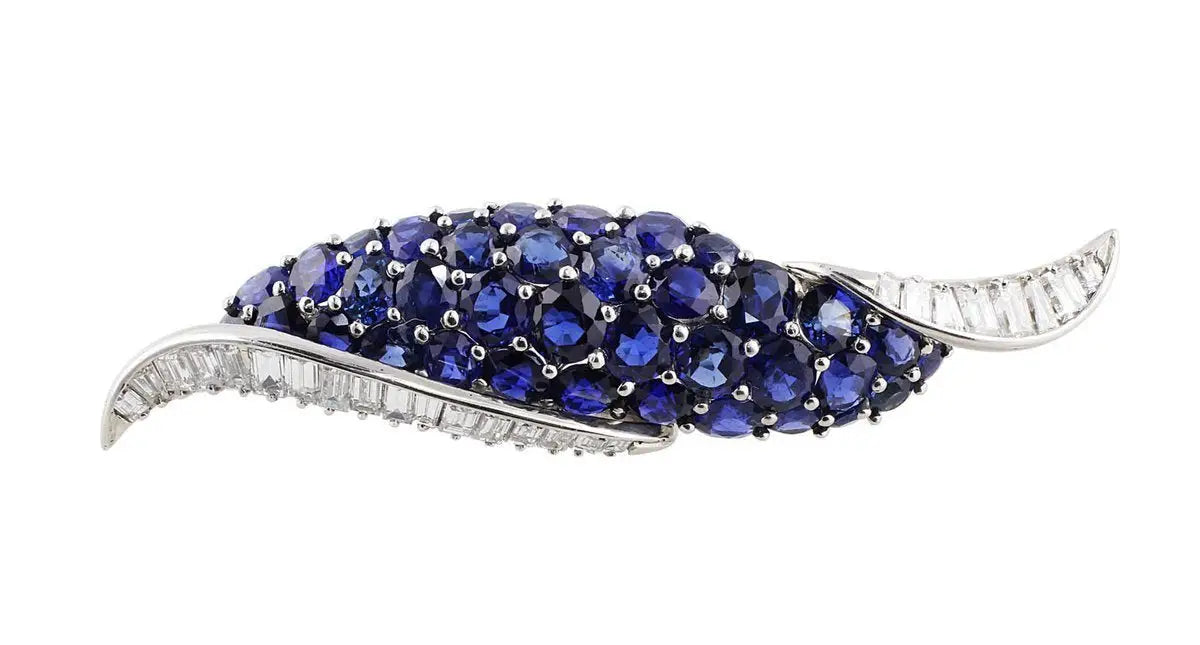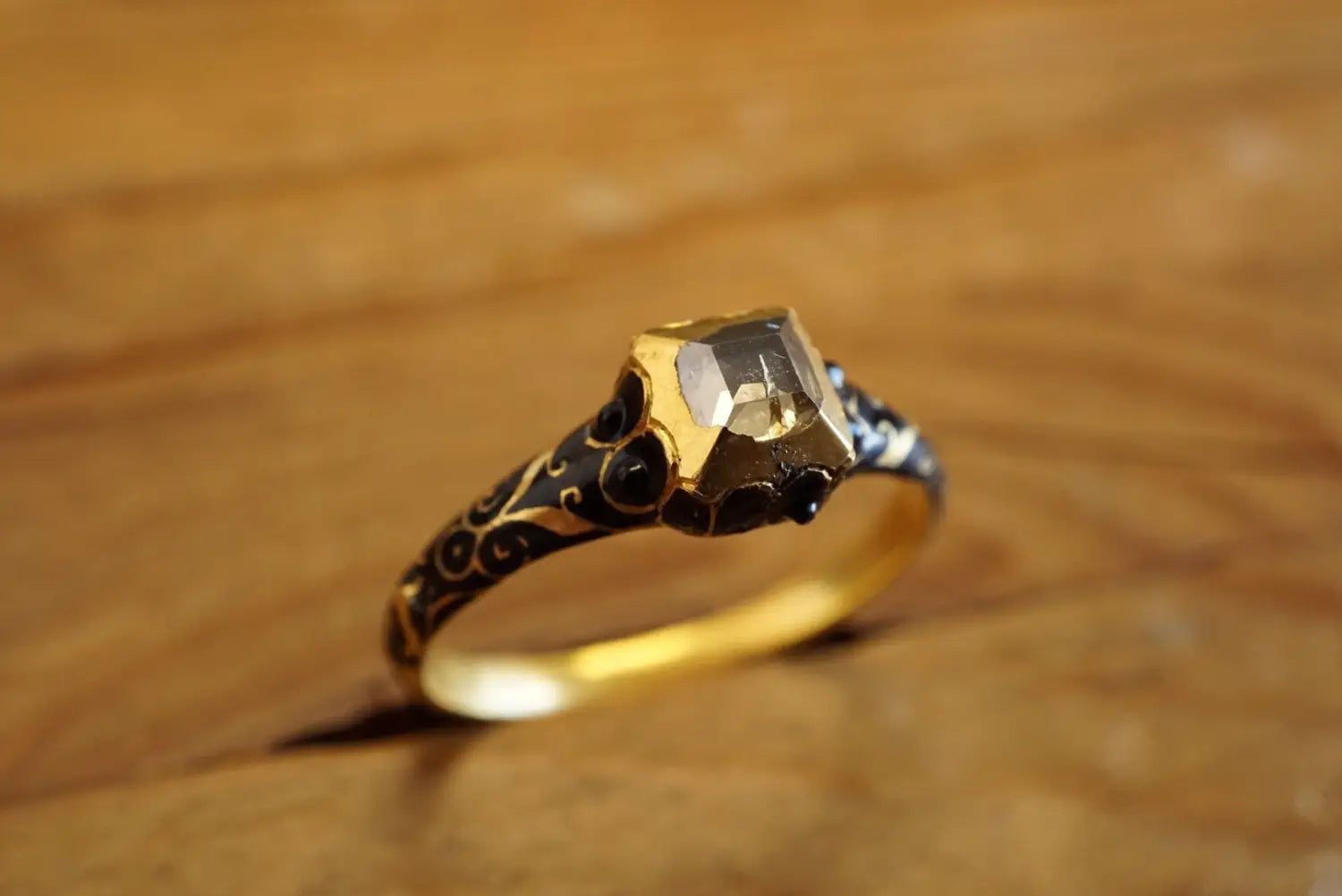
Oscar Heyman: When Classic Meets Modern
The Heyman Brothers
In the early 1900s, a family of six brothers and three sisters emigrated from Latvia to America, making them part of a large wave of Eastern European immigrants. Three of the brothers -- Nathan, Oscar, and Harry Heyman -- became fascinated with the art of fine jewelry and began training in the rigorous working conditions of the Faberge workshops in 1906. In 1912, they founded Oscar Heyman, a company that would eventually become known worldwide for its European-style craftsmanship and hand fabrication.
Left: Oscar Heyman, age 13; Right: Nathan Heyman, age 16 (photo source: OscarHeyman.com)
Setting Themselves Apart
Oscar Heyman is known for being one of the first jewelers to fabricate in platinum. The three founding brothers were excited to use such a fine white metal, which greatly enhanced the beauty of white diamonds. The brand is also known for its ingenious designs and high-quality gems, and its hands-on approach to stone selection and workmanship.
The Oscar Heyman in-house workshop consists of jewelers, setters, engravers, polishers and lapidaries. They take pride in alloying their own metals and cutting, polishing, and engraving each gemstone with its own number before leaving the studio. The Oscar Heyman company is over a century old and with each generation, the brand brings a new unique element to the jewelry line. Its new jewelers sit side by side with experienced employees to accurately recreate Oscar Heyman’s signature designs, and many of the brand’s trademark pieces from past eras are still created today. By preserving old-school techniques and bringing them into the future, Oscar Heyman earns a place as one of the most elite jewelers worldwide.
Heyman Through the Decades and the Famous Taylor-Burton Necklace
Since the brand’s beginning, movie stars, socialites, and other members of high society have flocked to its designs for their originality and nature-inspired aesthetic. Sapphire jewelry was the company’s hallmark in the 1950s, and in the 60s, the company’s gems were bold, big, and flamboyant. One of the company’s most monumental creations was an infamous 69.42 carat diamond necklace, made of 67 pear-shaped diamonds. The stunning piece was purchased by Richard Burton for his wife, Elizabeth Taylor, and will forever go down in jewelry history. The stones of this necklace were cut by Harry Winston, and the necklace was designed by Oscar Heyman for Cartier in 1969. This grand piece was called the “Taylor-Burton diamond” and even after Burton purchased it, it was under stipulations that the piece be displayed at the New York and Chicago showrooms for Cartier.

The legendary Taylor-Burton necklace, designed by Oscar Heyman and cut by Harry Winston in 1969. (photo source: The Stone Set)
Following her divorce from Richard Burton, Elizabeth Taylor auctioned off the necklace to New York based jeweler, Henry Lambert, for $5 million. She used the money to build a hospital in Botswana, and eventually, the necklace made its way to its current owner Robert Mouwad, the founder of GIA.
Oscar Heyman Today

Platinum aquamarine & spinel earrings by Oscar Heyman (photo source: OscarHeyman.com)
Today, Oscar Heyman continues to make exquisite jewelry with techniques that have lasted for three generations, and each and every Heyman piece meets only the highest standards in cut and quality. The company prides itself on the use of classic designs, but at the same time, isn't afraid to mix it up with a modern touch. By seamlessly blending the old and the new, Oscar Heyman designs appeal to people of all ages and will fascinate customers for decades to come.
(Featured image source: CJ Charles)

